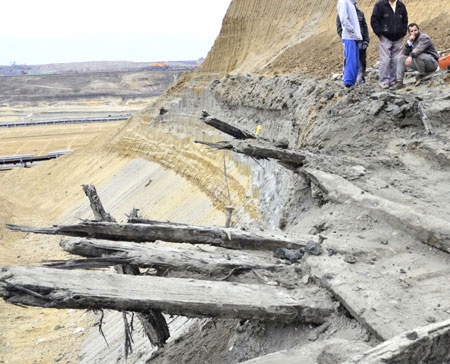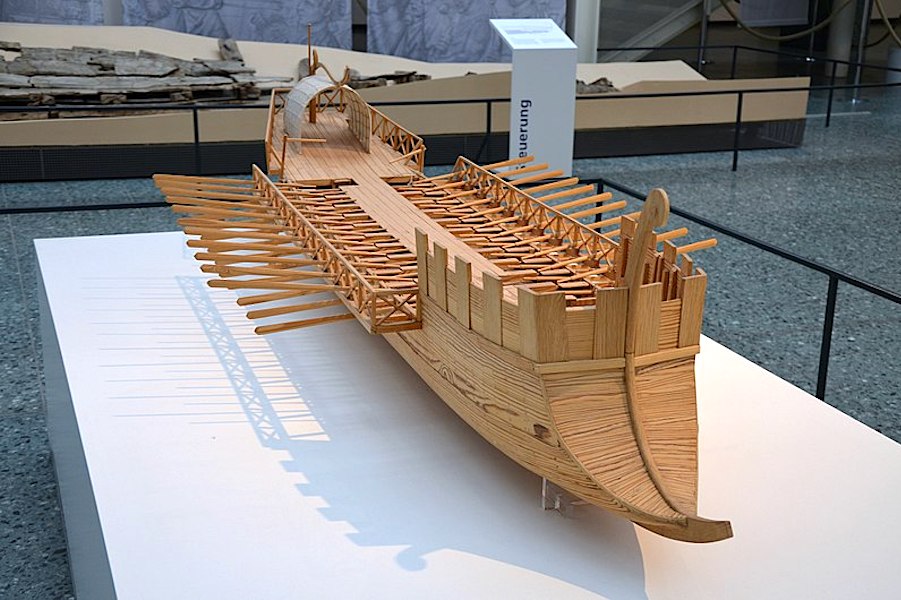A coal mine in eastern Serbia has grabbed headlines in recent weeks after workers bumped into three shipwrecks estimated to have been buried for at least 1,300 years.
The largest of what appears to be an Ancient Roman warship fleet is nearly 50 feet long with a flat bottom. It would have carried a crew of 30 to 35 sailors and traces of repairs to the hull indicate it must have had a lengthy career.

The two smaller vessels, each carved from a single tree trunk, match descriptions of boats used by Slavic groups to ferry across the Danube River and attack the Roman frontier.
The ships had been buried in an ancient riverbed under several metres of mud and clay, now part of the Kostolac coal mine. The operation, east of the Serbian capital of Belgrade, is located near what it was Viminacium city, which was a base for Roman warships on the Danube.
Once a provincial capital with an estimated 40,000 inhabitants in the 4th century AD, Viminacium was larger than Pompeii.
All three shipwrecks have been transported to an archaeological park nearby. Further excavation work has been put on hold due to the coronavirus pandemic.

This is not the first time the Kostolac coal mine yields evidence of ancient human and animal activity. In 2012, archeologists found bones corresponding to at least five woolly mammoths, which disappeared about 10,000 years ago.
